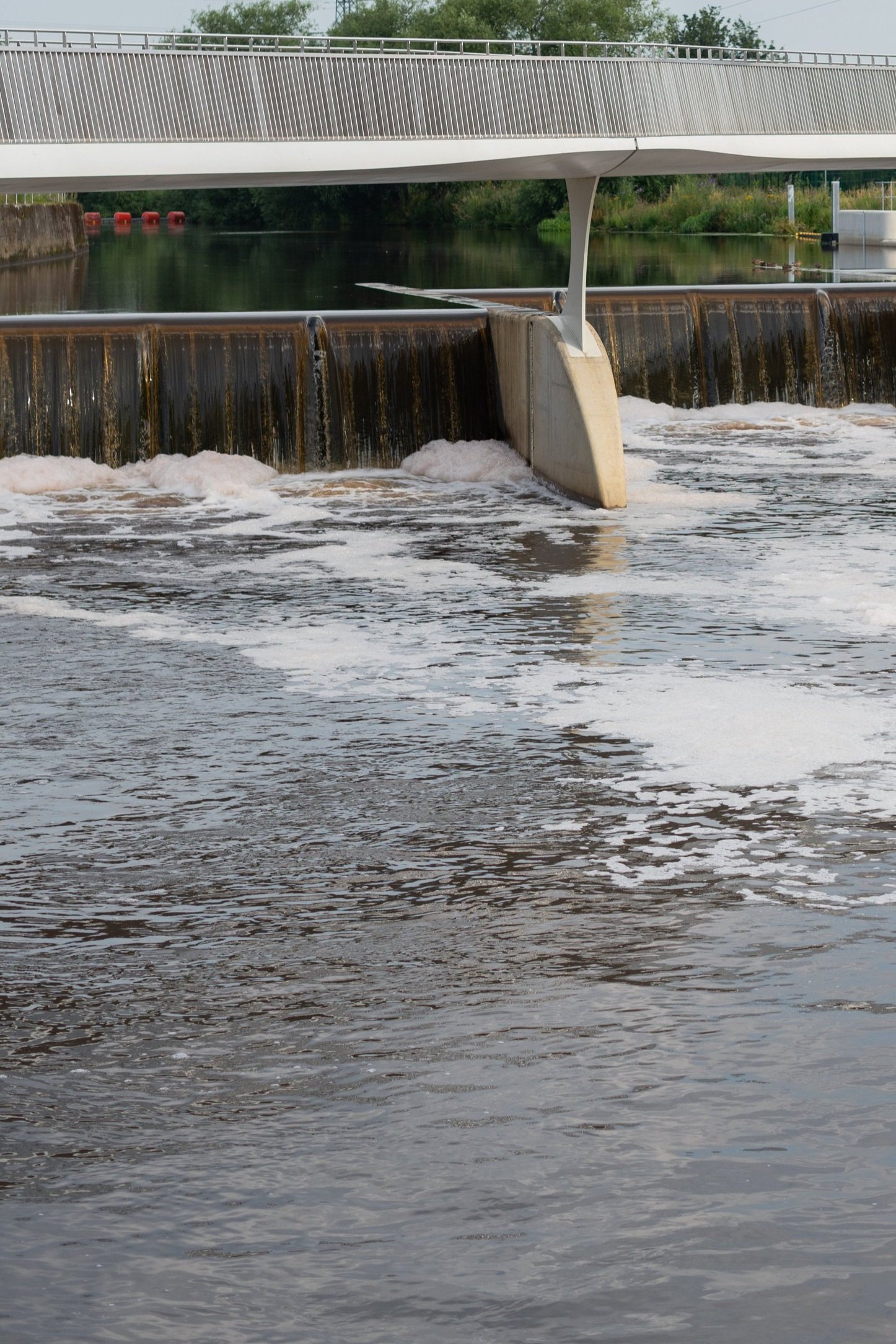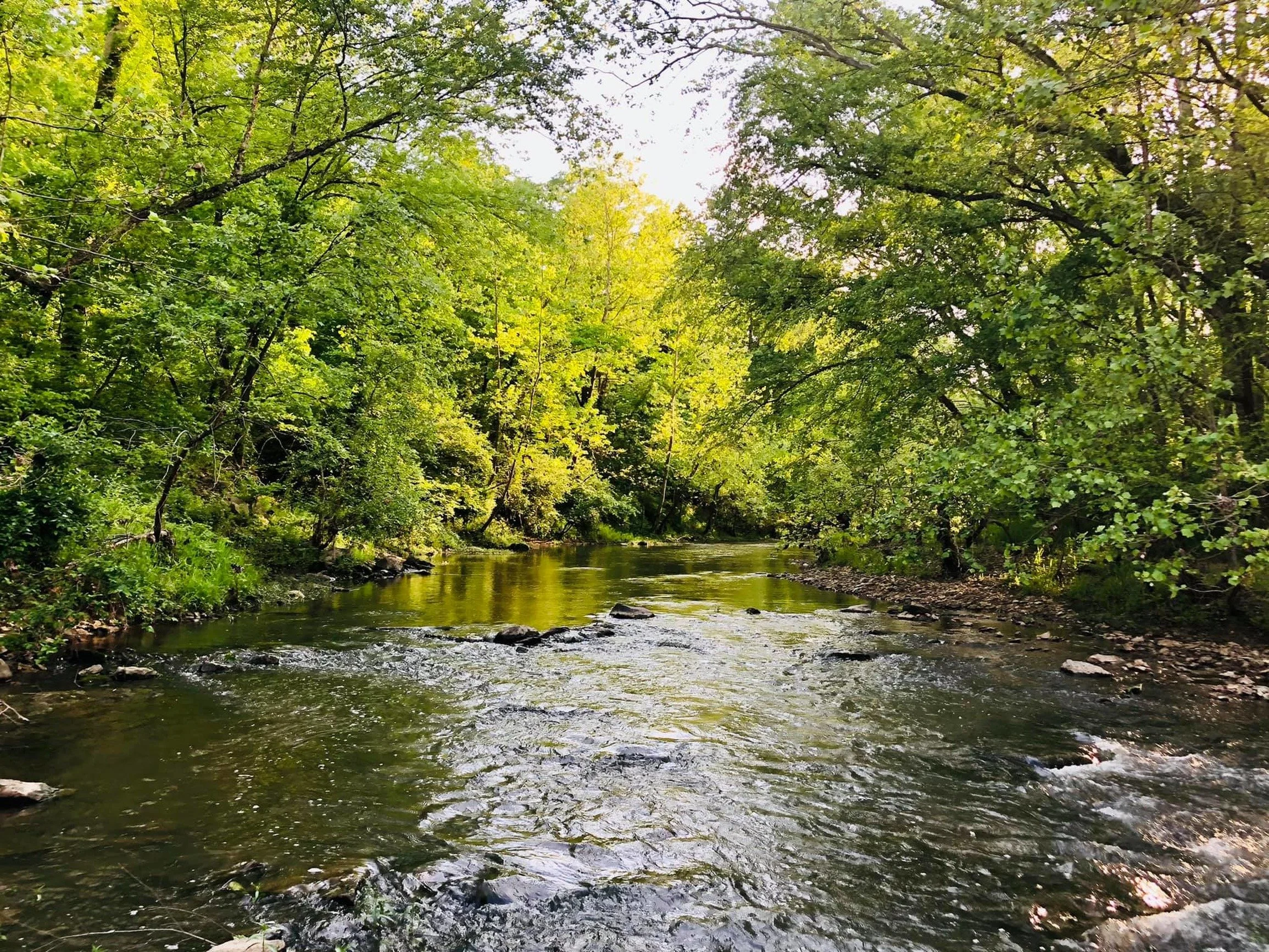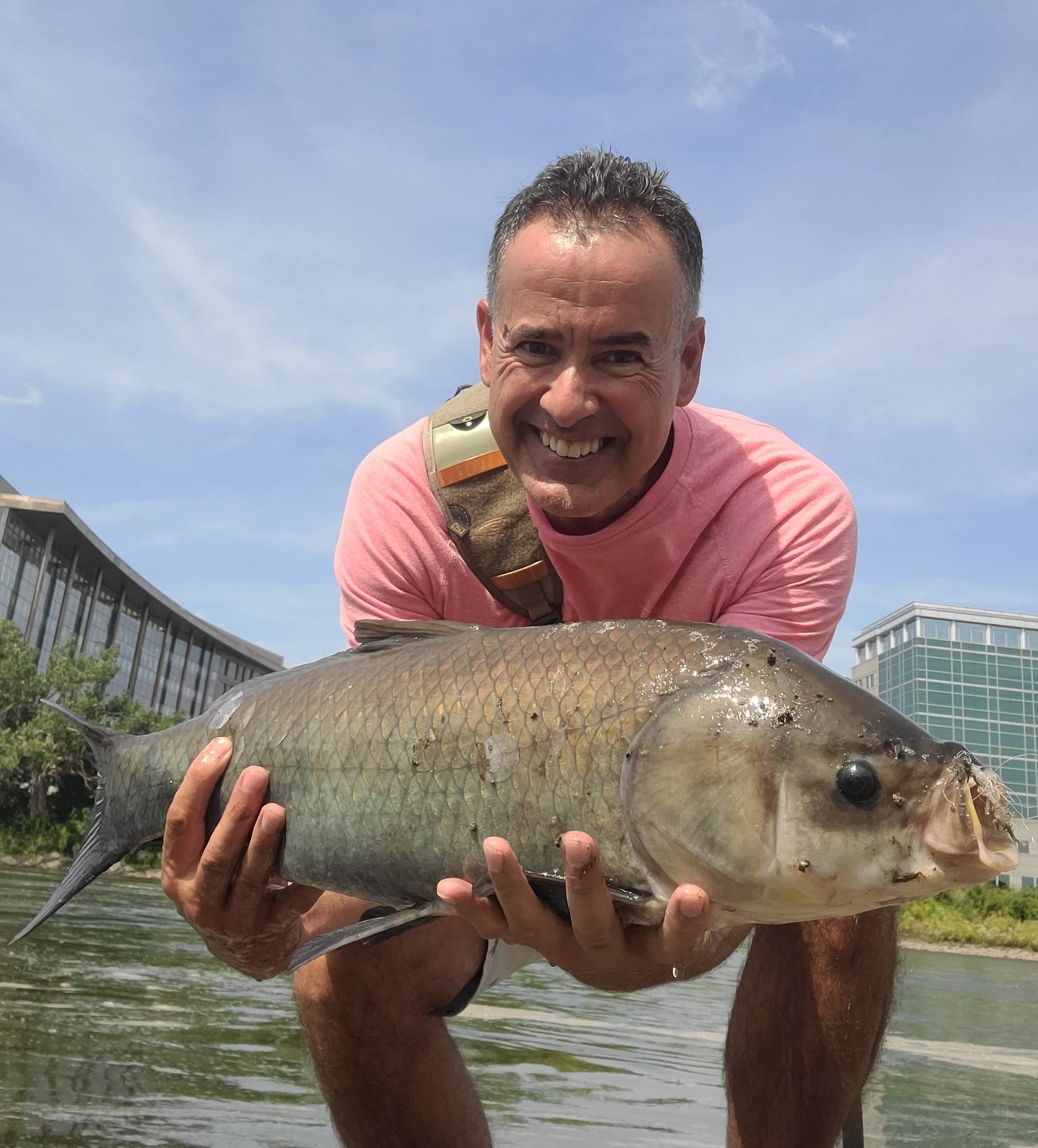Spillways: A Multi-Species Fly Angler’s Goldmine
With rushing waters and dynamic currents, spillways are a haven for any angler seeking diverse species and exciting new experiences. If you’re a multi-species fly angler, just watch some of 618 Fishing to get a feel for what variety of species are hiding in those tubulant waters.
Below we'll delve into some tactics and strategies that can help you make the most of your spillway fly fishing adventures.
Understanding the Environment
Before diving into specific tactics, it's crucial to understand the spillway environment.
Take note of water flow patterns, temperature, and the presence of underwater structures.
Seams, foam lines, and eddies are pretty universal places to hold any species of fish.
Concrete walls , overhangs, and other man-made structures of some spillways provide extra opportunities too.
Spillways provide oxygenated water, making it an ideal resting place for fish to efficiently hold in the current.
Dislodged food sources will become available, making many locations below the spillway ideal for scavenger species and then predator species to gather.
It helps to have a plan where you’ll fish. Below is one approach for locating spillways near you.
Species to Target
The beauty of many spillways is the variety. You truly don’t know what you may catch in an outing.
Here in Missouri, most any species of fish can be located and caught at major spillways.
I’ve had plenty of experience catching white bass, crappie, drum, buffalo, carp, catfish, largemouth and smallmouth bass, sauger, and more while fly fishing spillways.
The above graphic from the Washington University Field Guide, Common River Fish of Missouri.
Gear and Tackle
Tailor your gear to the species you're targeting. Spillways often host a mix of fish, from bass and catfish to trout and panfish.
Have a versatile to heavy fly rod and reel combo, along with a selection of flies that mimic the various prey found in the area.
Adapt Your Techniques: Different species have different feeding habits. Adjust your fly fishing techniques accordingly.
Dead drifts - Here’s a brief overview of this technique.
Streamer patterns - Generic earth tone streamers like wooly buggers and black stoneflies are great options here retrieved in a slower speed to allow it get deeper.
Explore Different Depths: Spillways often have varying depths, and different species may inhabit different parts of the water column. Experiment with your fly's depth by using sinking lines or adjusting your leader length to reach the desired zone.
Match the Hatch
Take note of the insect activity in and around the spillway.
Dislodged crayfish and other insects will be present in the flows and under rocks
Carry a variety of fly patterns to imitate the diverse aquatic life.
Certain times of the day might be more productive for specific species.
Early mornings and evenings can often be prime times for pursuing your predatory species: bass, trout, walleye, white bass, etc.
Seek out the shadowed spots where they can hide
Faster water that hides predators also disorients baitfish
Deeper holes with structure are great targets to boot
With cooler temps and sometimes in pursuing scavenger species like carp, you will see fish in open water. Panfish like sunfish varieties can be found in shallow and near surface locations. Sight fishing with dry flies is an absolute blast in these scenarios.
Randy Richter with a sweet spillway Buffalo.
Prioritize Safety
Fishing in spillways can be challenging due to strong currents and slippery rocks. Always prioritize safety. Wear appropriate footwear with good traction, use a wading staff, and be aware of changing water conditions.
Fly fishing at spillways opens up a world of excitement and challenges. By understanding the environment, adapting your techniques, and respecting safety measures, you'll increase your chances of landing a diverse range of species. So, gear up, explore the spillways, and let the fly fishing adventures unfold!








